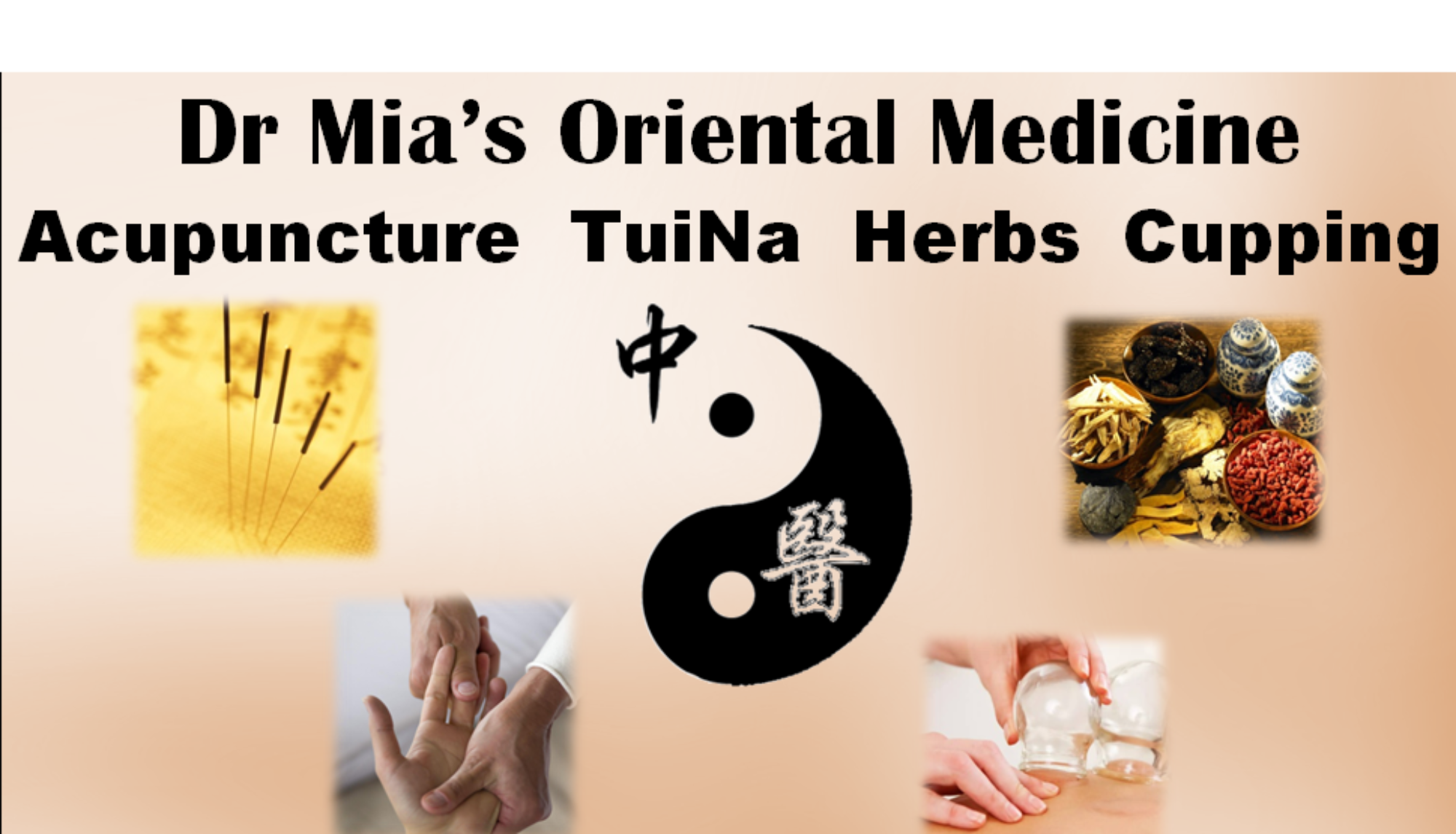Traditional Chinese Herbal Formulas: A Comprehensive Overview
Traditional Chinese Herbal Formulas represent one of the most sophisticated and time-tested systems of herbal medicine in the world. These classic formulations consist of carefully selected groups of individual Chinese herbs, each with specific functions, preparation methods, and dosages, designed to address a wide range of diseases and health conditions. With thousands of documented formulas throughout history, hundreds remain widely used in modern clinical practice due to their efficacy, safety, and holistic approach to healing.
Structure of Chinese Herbal Formulas
Each herbal formula is structured like a well-organized army, with different herbs playing distinct roles to maximize therapeutic effects while minimizing potential side effects. The four key roles in a formula are:
1. Chief Herb (Jun, 君) – The primary herb that targets the main pattern or disease.
2. Deputy Herb (Chen, 臣) – Enhances the chief herb’s action or addresses secondary symptoms.
3. Assistant Herb (Zuo, 佐) – Mitigates side effects or assists in secondary functions.
4. Envoy Herb (Shi, 使) – Harmonizes the formula and directs the effects to specific meridians or organs.
This strategic combination ensures a balanced, synergistic effect, allowing the formula to treat complex conditions more effectively than a single herb alone.
Popular Household Herbal Formulas
Many classic formulas are so trusted and widely used that families keep them at home for common ailments. Some well-known examples include:
– Yin Qiao Jie Du Wan (Honeysuckle & Forsythia Detoxification Pills)
– Functions: Clears wind-heat, detoxifies, reduces inflammation.
– Applications: Fever, sore throat, mouth ulcers, sunstroke, and mild infections.
– Bao He Wan (Harmony Preserving Pills)
– Functions: Resolves food stagnation, promotes digestion.
– Applications: Indigestion, bloating, acid reflux, and overeating discomfort.
– Si Wu Tang (Four Substances Decoction)
– Functions: Nourishes blood, regulates menstruation, dispels blood stasis.
– Applications: Irregular periods, anemia, post-injury recovery, and bruising.
– Liu Wei Di Huang Wan (Six-Ingredient Rehmannia Pill)
– Functions: Tonifies kidney and liver Yin, nourishes essence.
– Applications: Menopausal symptoms, night sweats, tinnitus, delayed growth in children, and age-related fatigue.
Safety and Accessibility
Many of these formulas are available over-the-counter as patent medicines (pills, tablets, or granules) due to their natural composition and historical safety record. However, while they are generally well-tolerated, proper diagnosis by a licensed TCM practitioner ensures the most accurate and effective treatment. Misuse without proper pattern differentiation can reduce efficacy or, in rare cases, lead to imbalances.
Conclusion
Traditional Chinese Herbal Formulas offer a powerful, time-tested approach to health, combining multiple herbs to create balanced, effective treatments. From household remedies for minor ailments to complex prescriptions for chronic conditions, these formulas remain a cornerstone of TCM. For optimal results, consulting a qualified practitioner ensures correct diagnosis and personalized treatment, maximizing the healing potential of these ancient yet enduring remedies.
Comparative Analysis of Individual Herbal Medicines and Herbal Formulas in Traditional Chinese Medicine
Traditional Chinese Medicine (TCM) employs both individual herbal medicines and complex herbal formulas as fundamental therapeutic tools. While they share the same theoretical foundation, their clinical applications differ significantly in scope, mechanism, and therapeutic strategy. This paper presents a systematic comparison of their functional characteristics and clinical applications.
1. Therapeutic Mechanism and Scope
Individual herbal medicines exhibit specific pharmacological actions based on their intrinsic properties. For instance, *Huang Lian* (Coptis chinensis) demonstrates marked heat-clearing and detoxifying effects through its berberine content, while *Dang Gui* (Angelica sinensis) exerts hematopoietic and circulatory effects via ferulic acid and ligustilide. These single-component interventions are optimal for targeted symptom management or as building blocks for more comprehensive formulations.
In contrast, herbal formulas integrate multiple herbs to create synergistic therapeutic effects. The classic formula *Liu Wei Di Huang Wan* exemplifies this approach, combining six herbs to address Kidney Yin deficiency through multi-target modulation of neuroendocrine and immune functions. Such polyherbal systems enable simultaneous treatment of complex pathological patterns that single herbs cannot adequately address.
2. Pharmacological Complexity
Single herbs provide a more straightforward pharmacological profile, allowing for precise dose-response relationships. For example, the dose-dependent effects of *Da Huang* (Rheum palmatum) range from mild digestion promotion to strong purgation based on preparation and quantity. However, this specificity also increases the risk of adverse effects when used improperly.
Herbal formulas mitigate such risks through self-regulating mechanisms. The *Jun-Chen-Zuo-Shi* (monarch-minister-assistant-envoy) hierarchy ensures balanced actions where assistant herbs counteract potential side effects of primary components. *Gui Zhi Tang*, for instance, combines *Cinnamomi Ramulus* and *Paeoniae Radix* to achieve diaphoresis without excessive fluid depletion. Modern research confirms that formula complexity enhances therapeutic breadth while reducing toxicity through pharmacokinetic interactions among constituents.
3. Clinical Applications
Individual herbs excel in acute care and symptom-specific interventions:
– *Jin Yin Hua* (Lonicera japonica) for early-stage febrile conditions
– *Sheng Jiang* (Zingiber officinale recens) for nausea management
– *San Qi* (Panax notoginseng) for acute trauma and hemorrhage
Herbal formulas demonstrate superior efficacy for chronic, systemic disorders:
– *Bu Zhong Yi Qi Tang* for chronic fatigue syndrome with visceral ptosis
– *Xiao Yao San* for depression with autonomic nervous dysfunction
– *Wen Dan Tang* for anxiety disorders with digestive comorbidity
4. Safety and Standardization Considerations
The safety profile of single herbs requires careful consideration of dosage and contraindications. *Fu Zi* (Aconitum carmichaelii), while effective for yang collapse, demands strict processing and dosage control due to alkaloid toxicity.
Formulas inherently enhance safety through compositional balance. *Ban Xia Xie Xin Tang* combines *Huang Lian* (heat-clearing) with *Gan Jiang* (warming) to treat gastrointestinal inflammation without causing cold-induced digestive inhibition. Modern pharmacological studies verify that formula preparations exhibit lower adverse event rates compared to isolated herb extracts.
5. Research and Evidence Base
Contemporary research methodologies have validated both approaches:
– Single herb research identifies active compounds (e.g., artemisinin from *Qing Hao*)
– Formula studies demonstrate systems-level effects via network pharmacology analysis
Clinical trials show formulas often outperform single herbs for complex conditions. A meta-analysis of *Xiao Chai Hu Tang* demonstrated superior efficacy in chronic hepatitis compared to any single component, illustrating emergent therapeutic properties of the complete formulation.
Conclusion
The TCM pharmacopeia strategically employs both individual herbs and compound formulas based on clinical context. Individual herbs provide targeted interventions with well-characterized pharmacology, while formulas offer sophisticated, system-regulating therapies with built-in safety mechanisms. Optimal clinical practice requires understanding their complementary roles – single herbs for focused applications and formulas for comprehensive pattern regulation. Continued integration of modern research methodologies will further elucidate their distinct yet synergistic therapeutic value in evidence-based practice.
This systematic comparison underscores how TCM’s dual approach addresses both specificity and complexity in medical treatment, offering valuable insights for integrative medicine development. Future research should focus on quantitative analysis of herb-formula transitions and biomarker development for personalized formula optimization.

